Faith Sustains Pioneer Members in Sapporo
Contributed By Sarah Jane Weaver, Church News associate editor
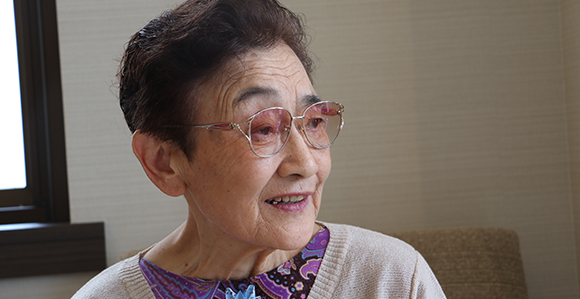
Sister Yoko Sato joined the Church in 1977 when missionaries knocked on her door. She asked to learn about Jesus Christ.
Article Highlights
- President Russell M. Nelson dedicated the Sapporo Japan Temple on August 21.
- The temple stands as a monument to the pioneer members in Hokkaido.
- Brother Seiji Katanuma, Sister Yoko Sato, and Brother Kunihiko Samejima are three examples.
SAPPORO, JAPAN
After decades of faith and sacrifice by local Latter-day Saints in Sapporo, Japan, President Russell M. Nelson dedicated the Sapporo Japan Temple on August 21. The dedication marked the fulfillment of repeated prophecy from Church leaders who visited northern Japan and promised the Church would prosper in Hokkaido.
Local Church leaders say the 48,480-square-foot building is an investment by the Lord in the future of the Church in northern Japan and stands as a monument to the faith and sacrifice of pioneer members in Hokkaido—including Brother Seiji Katanuma, Sister Yoko Sato, and Brother Kunihiko Samejima.
Seiji Katanuma
Seiji Katanuma met the missionaries in Hokkaido when he was 19 years old. He read the Book of Mormon 23 times and then dedicated his prayers to know more. As a result, he gained a testimony “that God lives, that Jesus Christ is the Savior, and the Church is true.”
He was baptized January 13, 1956. At that time there were four branches in Hokkaido—Sapporo, Otaru, Muroran, and Asahigawa.
When the first stake was organized in Sapporo in 1978, Brother Katanuma was called as president. The stake had 21 units throughout Hokkaido.
During those years the young, faithful Church population in northern Japan would spend time together. Those members were grateful for the support of the mission presidents and missionaries that came to Japan.
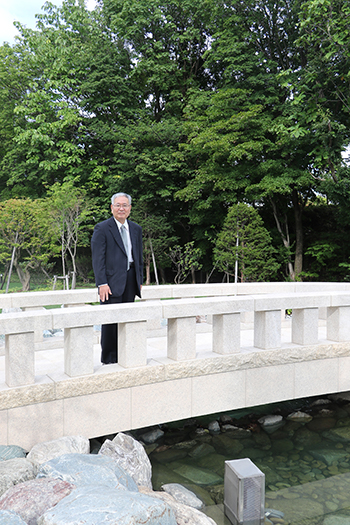
Pioneer member Seiji Katanuma joined the Church in Japan in 1956. Photo by Sarah Jane Weaver.

Pioneer members in Sapporo, Japan. Photo by Sarah Jane Weaver.

Kunihiko Samejima, a patriarch in Sapporo, Japan, learned about the Church during English classes in 1959. Photo by Sarah Jane Weaver.
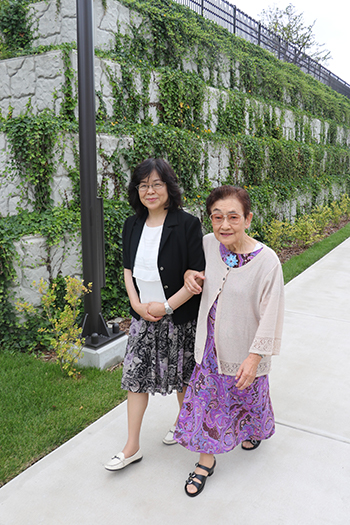
Sister Yoko Sato, right, joined the Church in 1977 when missionaries knocked on her door. She asked to learn about Jesus Christ. Photo by Sarah Jane Weaver.
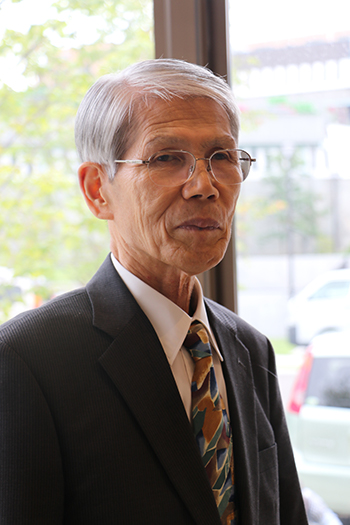
Kunihiko Samejima, a patriarch in Sapporo, Japan, learned about the Church during English classes in 1959. Photo by Sarah Jane Weaver.
The growing membership cherished the words of Elder Bruce R. McConkie, who created the first stake in Sapporo. He spoke of a day when half the missionaries in northern Japan would be Japanese and promised there would be a temple in the area.
“He prophesied, ‘You will have a temple in Hokkaido,’” recalled Brother Katanuma. He never forgot those words and repeated them to the growing membership later as he served as a regional representative and as an Area Seventy.
Brother Katanuma remembers the early days of the Church when the young members would get together “in our houses and talk about how the Church would prosper.”
And now with the temple he sees a day of Church growth ahead. “I think Japan and Japanese people are very unique,” he said. “We will be able to stand for any difficulty.”
Yoko Sato
One night in 1977, Yoko Sato was at home watching TV when three foreign missionaries knocked on her door. “I was surprised,” she recalled. “They were so tall.”
She told them they could return “but please bring a book that writes about Jesus Christ.”
As a child, she once saw a book about the Savior. As she grew, she searched and searched for the book but did not find it again.
“I was longing for Jesus, I needed Jesus, and He brought the missionaries to my place.”
After teaching the first missionary discussion, the young elders asked Sister Sato to pray. “I had never said a prayer,” she recalled. “They taught me how to pray.” The missionaries also challenged her to keep the commandments. “Without any questions, I said ‘yes.’” Soon Sister Sato, then 46, committed to baptism.
As she rose from the waters of baptism, Sister Sato said she felt the heavy burdens of her life lifted. She promised the missionaries and the Lord that she would always keep the commandments.
The other members of the branch were younger than she was, but she loved to hear the words of Jesus Christ. She found great joy in the gospel. When the Tokyo Japan Temple was dedicated in 1980, she began doing family history work. She faithfully visited the temple six times a year—staying as long as a week during each visit.
She would later travel to Salt Lake City to do family history work. “I put the records under my pillow when I went to bed and prayed I would find names,” she said. “God listened to my prayers.”
A package—“not an envelope, but a package”—arrived shortly afterwards filled with the information she needed to submit thousands of names for temple work.
Sister Sato feels blessed to be able to now attend the Sapporo Japan Temple without riding in an airplane. “I can come [to the temple] anytime I want,” she said. “I am so happy.”
Kunihiko Samejima
Kunihiko Samejima, a patriarch in Sapporo, accepted an invitation to attend English classes three days after arriving in Sapporo from Toyko as a young college student in 1959.
He attended cottage (home) meetings with the missionaries and engaged in Church discussions.
Two months later he joined the Church. “Most of the members were young in Sapporo at that time,” he recalled. “We got along with each other right away.” The young members borrowed books from the missionaries to study Church history.
They all began to dream of the day when the Church would be more established in the area.
Church-building missionaries helped the young membership build an LDS chapel in the area in Moiwa. When President Hugh B. Brown of the First Presidency came to dedicate the building he made the Latter-day Saints a simple promise. “Some of you here will see a temple in this land in the future,” he said.
President Harold B. Lee, then President of the Quorum of the Twelve Apostles, made a similar promise to the Latter-day Saints in Sapporo. “President Lee said surely you will have a temple in this land. The members of the Church in Sapporo have been aware that a temple would be built here.”
Brother Samejima said in the early days, members prepared for a temple by sacrificing to visit the temple in Hawaii and contributing to the construction of local meetinghouses.
“The members of the Church were aware a temple was to be built here eventually,” he said. “I was always thinking, ‘What can I do to have a temple in Sapporo?’ I was always thinking about that.”
After he retired, Brother Samejima moved to Tokyo to be near the temple. But when President Thomas S. Monson announced in 2009 that a temple would be built in Sapporo, he made plans to return to the city.
“It will be a great chance for members in Sapporo to change their lives,” he said. “They will be able to make a temple-centered life.”
The Church will continue to grow in Sapporo, he said. “Members here are pioneers. ”

Pioneer members have helped the Church grow in Sapporo, Japan, home of the 1972 Winter Olympic Games. Photo by Sarah Jane Weaver.
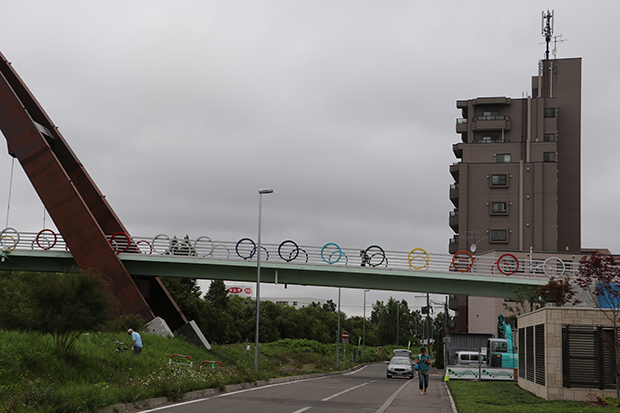
Pioneer members have helped the Church grow in Sapporo, Japan, home of the 1972 Winter Olympic Games. Photo by Sarah Jane Weaver.

Sapporo, Japan. Photo by Sarah Jane Weaver.
